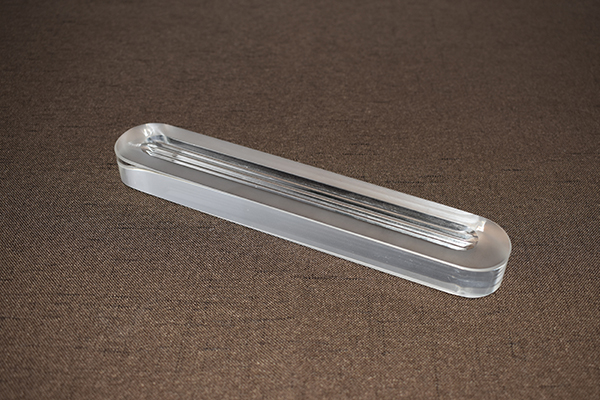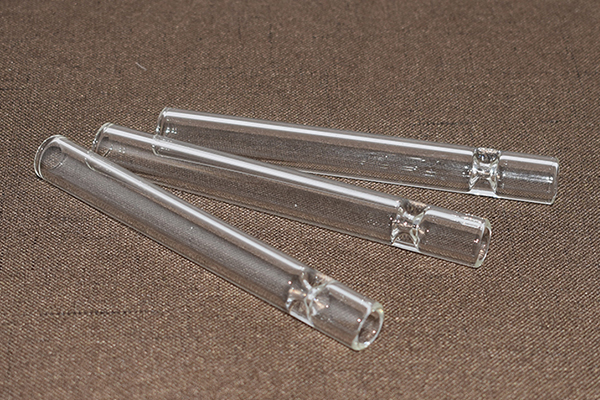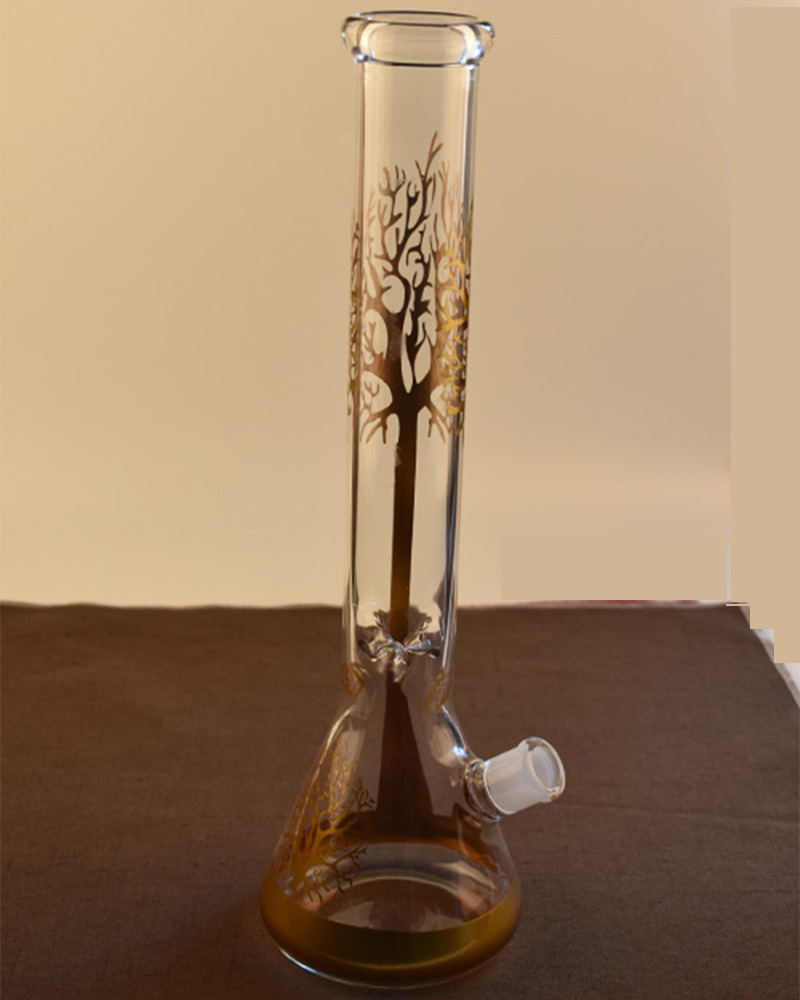News Detail
Knowledge of quartz materials for semiconductors
Knowledge of quartz materials for semiconductors
Classification of impurities in quartz products
Quartz product manufacturers usually classify impurities according to different application environments, which can be roughly divided into four aspects: visible impurities (bubbles, gas lines, color points, raw material particles), heavy metals, alkali metals, and hydroxyl groups.
For visible impurities, I think that except for air bubbles, the fact that * cannot exist in qualified quartz products. The presence of color points and raw material particles actually proves the failure of the product. Any manufacturer should prohibit the inflow of such products. market.
There are different detection standards for air bubbles. No matter what the process is, some air bubbles are inevitable. The requirements in the industry are usually less than 0.5 mm in diameter and more than 0.1 mm, and the total amount does not exceed 3 per cubic centimeter. Breaking bubbles, bubbles smaller than 0.1 mm in diameter, cannot be found by the naked eye under natural light.
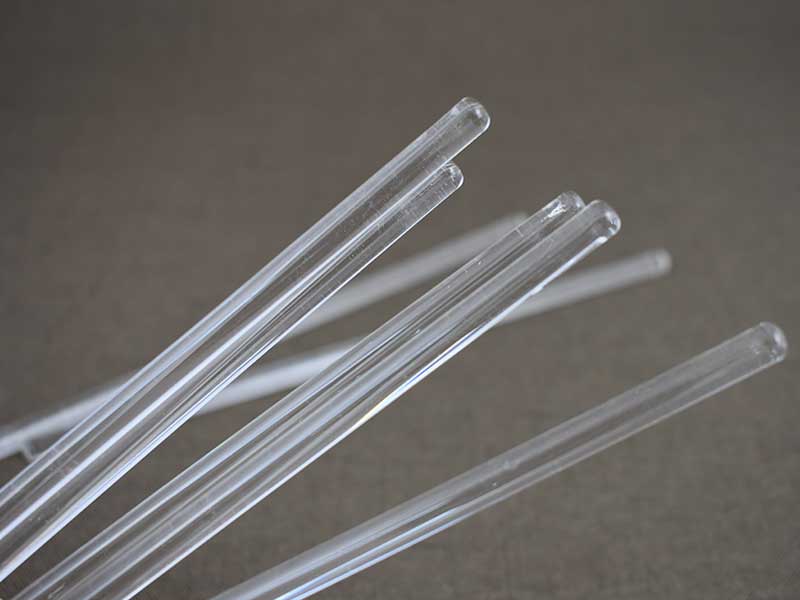
This leads to two completely different sets of bubble detection standards, under natural light and strong light. Personally think that large-diameter bubbles will affect the mechanical strength of the product, even when the temperature rises, the skin will break or burst, and the small-size bubbles will have little effect on the use. When choosing materials, try to choose products with no visible bubbles under natural light.
In the semiconductor process, more attention is paid to the total content of alkali metals such as potassium, sodium, and lithium in products. Because of the active characteristics of alkali metals, they are the enemy of the semiconductor manufacturing process. Once the alkali metal content of quartz products is high, it will directly cause pollution and failure of semiconductor products. At present, GE-214 products that are more popular in the semiconductor industry have requirements for the content of three elements of potassium, sodium and lithium to be less than 0.6-0.7ppm, and the sum of alkali metals should be less than 2ppm.
Through my understanding of the domestic quartz product market, I found that the level of various manufacturers varies greatly in the control of alkali metals, and the tolerance of the semiconductor industry to pollution is far beyond my imagination.
A domestic * power electronics company, which was applied to the closed expansion pipe of the diffusion process, after our objective and accurate chemical analysis, it was found that the total content of potassium and sodium elements exceeds 4ppm, and the total content of alkali metal in the inflatable tail pipe exceeds 30ppm, which is In such a severely polluted environment, the diffusion process is not subject to any interference, and semiconductor products can meet the design function and life, and fully meet the needs.
Friends in the semiconductor industry may be very clear, the so-called power electronics industry, the thickness of the PN junction is different from the conventional semiconductor process requirements, often requiring higher temperature (1250 degrees Celsius) and longer time (20-40 hours), What I am very concerned about now is whether the strict requirements on the total amount of alkali metals in the carrier and pipeline in the semiconductor diffusion process are necessary?
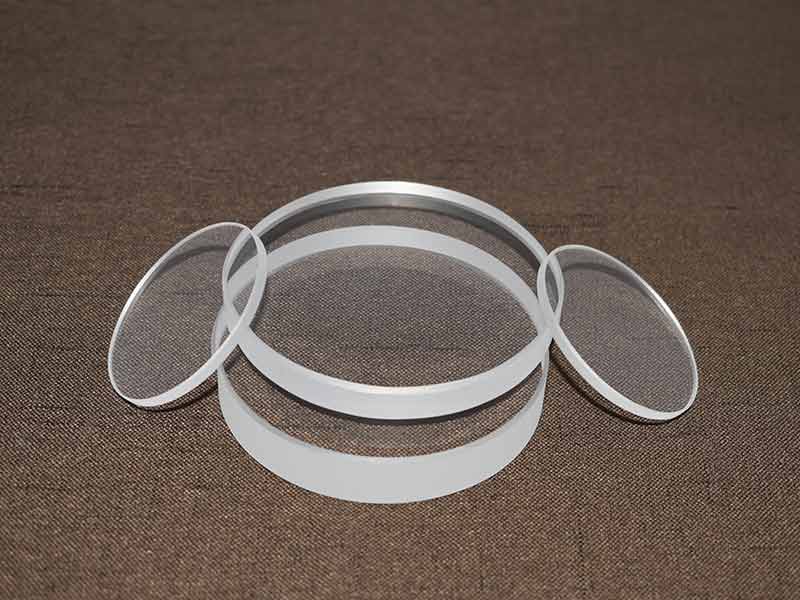
Heavy metal parts often do not harm the manufacturing process of semiconductor products. If quartz pipes and vehicles with high aluminum content are used, the high temperature resistance of the appliance will be greatly enhanced. We have done relevant technical tests. The aluminum content of GE-214 products is less than 14ppm, and the stress is eliminated at 1125 degrees Celsius for 4 hours. (We call it the strain point), GE-244 product aluminum content is less than 8ppm, strain point is lower than 214 products 10 degrees Celsius, domestic powder products are the same process finished products, aluminum content 30ppm products, the strain point can be increased to 1260 degrees Celsius, 1250 degrees Celsius to maintain 4 Hourly stress still exists.
Our conclusion is that the higher the aluminum content, the better the temperature resistance. Recently, I saw a friend’s post saying that the quartz tube worked at 1256 degrees Celsius for 40 hours. The problem of serious deformation is usually the material and the usual process. At a temperature of 1250 degrees Celsius, the quartz material starts to soften and deform in 15 minutes, 40 hours It is normal that the collapse is serious.
I have two suggestions for him. The first is to choose high-aluminum and low-alkali pipes from regular manufacturers. The second is to use aluminum oxide spraying process, which will effectively improve the thermal characteristics of quartz products. If you have the opportunity to purchase more than 30ppm aluminum content In addition, the spraying process should be able to achieve long-term use without problems.
In this regard, I can also give some examples to prove that, for example, a high-temperature diffusion process company initially used GE-214 material with an aluminum content of less than 14ppm. As a result, the wafer will stick to the pipe and form a chip.
On the other hand, I also have some personal suggestions for reference. Some manufacturers use the closed expansion process. The furnace tube is not carried by the quartz boat, but the closed expansion tube + quartz ring is used for diffusion, because the closed expansion tube has a complete pressure Airtight, using air pressure to support the pipeline, can effectively relieve or even prevent deformation.
In addition, if the process is not adjusted to the conditions of closed expansion, the most reliable way is definitely to use sic pipes and vehicles. The thermal characteristics of sic are fully improved by 1000 degrees Celsius compared to SIO2 products. At 1730 degrees Celsius, quartz has melted into soft dough. And sic can still guarantee that there is no deformation, * The disadvantage is that the cost is higher.
The hydroxyl part may not be taken seriously by users in the semiconductor industry. I also want to introduce this part in detail. Because the process of processing quartz sand into a glass body is not the same, the hydroxyl content is very large, and the quartz material obtained by the gas refining method that is the most used in the semiconductor industry often has 150-300 ppm of hydroxyl. The influence of the hydroxyl content on the quartz material is mainly Comes from two aspects.
First, the hydroxyl groups in high-hydroxyl materials will form hydroxyl groups in a high-temperature environment, which effectively wraps the alkali metals that are more harmful in the semiconductor process and prevents them from contaminating the wafer.
On the other hand, the hydroxyl group changes the bonding structure of sio2, which reduces the thermal stability of the material, causing the temperature resistance of quartz products to be greatly reduced. Generally, quartz materials with a hydroxyl content of more than 200ppm begin to soften and deform at 1050 degrees Celsius. Low hydroxyl products are more than 100 degrees Celsius. The quartz material obtained by gas refining method can also be dehydroxylated by heating in a vacuum resistance furnace. For example, GE can reduce the hydroxyl content in the product to less than 1ppm through the dehydroxylation process.
Personal opinion, if it is a semiconductor process in the low temperature range, the existence of hydroxyl groups can be ignored, but the high temperature semiconductor process (above 1000 degrees Celsius) should consider the actual impact of the hydroxyl group on the material, and should select the dehydroxylated material to use. You can also choose quartz materials made by processing techniques other than gas refining.
With reference to the industry standards for quartz products, there are some specific requirements for the hydroxyl content of quartz products for semiconductors. In the industry standards, the quartz materials used in the semiconductor industry are divided into two grades of T and B grades. The requirements for the content of hydroxyl groups are controlled at Within 30-50ppm. The products currently in use in the semiconductor industry generally seriously exceed the requirements of industry standards.
Quartz material preparation process classification
The electrofusion process can be divided into vacuum capacitor, two-step method, continuous melting and other specific methods. The principle is to use quartz as the power source, heat through resistance, arc, intermediate frequency induction, etc., and melt the powder to produce quartz glass. The process has the advantage of high efficiency, and the disadvantage is that the metal pollution caused by the contact melting process and the bubble gas line formed during the rapid melting process cannot be effectively removed, so this solution is mainly used in the lighting electric light source industry.
The gas refining process can be subdivided into a one-step forming process and a two-step process for gas refining and electric melting, etc. The one-step process is characterized by a low degree of powder vitrification, and the product’s high temperature resistance Good, the disadvantage is that the appearance is poor, and obvious trench-like ring patterns can be seen. Due to the use of oxyhydrogen flame as the thermal power, the content of hydroxyl groups in materials produced by gas refining is generally high.
How to choose the quartz material you need
The choice of quartz material is nothing more than three aspects, the first is the content of impurities, this point, you can entrust suppliers to provide samples for chemical purity analysis, you can directly obtain the specific data of 13 kinds of impurities, and then the data and process requirements The data is compared, and if it exceeds the standard, it cannot be selected.
The second is to choose different processes based on application characteristics. The optical fiber industry requires infrared transmittance of quartz materials. Only high-purity imported powder + plasma-made methane process or synthetic quartz materials made by chemical synthesis process; semiconductor process should be selected as gas refining method or Materials obtained by the plasma method, low-value applications such as electric light sources do not require the high purity of quartz materials, so low-value electrofusion materials can be selected.
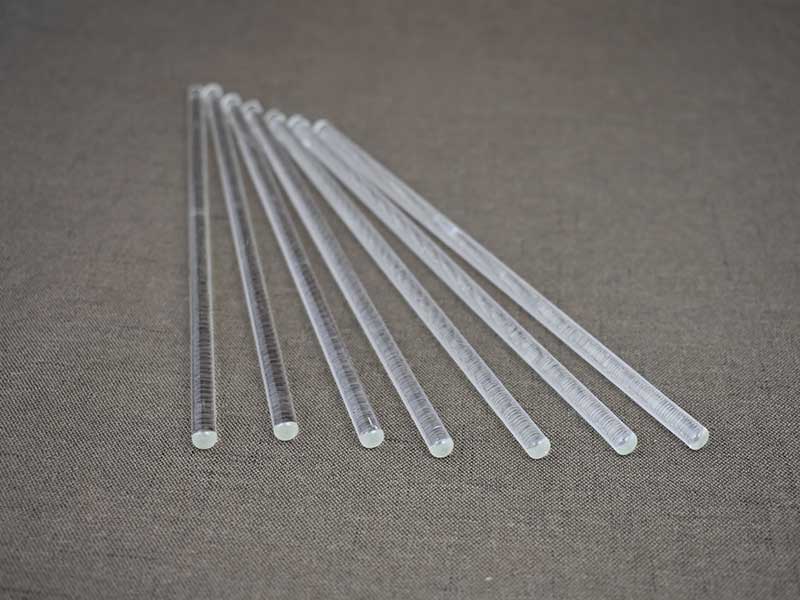
Exterior
* It is a comparison of appearance. Quartz products used in the semiconductor industry. The appearance refers to two aspects. * It is the processing accuracy of the product and the material level of the product. The wafer carrier for automatic rewinding of quartz boats, if the process size is different from the equipment The requirements do not match, after the machine is turned on, the wafer will be broken.
A quartz boat is held in his hand, and the bars and tubes are covered with bubbles and stains. Who dares to use such a vehicle? The second is the thermal processing technology of the product. The skilled thermal processing technician is like an artist in life. He should strive for perfection, and he will never give the user a few pieces of material that are barely put together. In the details, we can carefully observe whether the weld seam of the product is straight, whether the connecting part is beautiful and elegant, etc.
For some semiconductor industry manufacturers, non-GE-214 or Heraeus 100 does not consider the requirements, I personally disagree, first of all, the total alkali metal content of these two materials is generally around 2ppm, domestic high-purity materials in this regard It can achieve a level below 1ppm. The aluminum content of domestic materials is relatively double that of imported similar products. The temperature resistance performance has been greatly improved. Moreover, as far as the phenomenon of “eating aluminum” in quartz materials in the diffusion process, domestic materials are relatively Imported materials will ease.
If you are interested in the quartz rod, Quartz tube and Quartz plate or need to consult, please click on our online customer service, or call us.
We customize all kinds of water glass pipe with nice price.
Welcome sending your inquiry:
Sales manager: Andy
Phone/WhatsApp: +8613569413718
Email: [email protected]
Skype: live:andypchao

